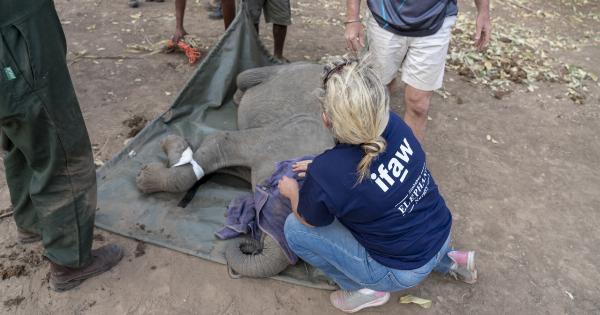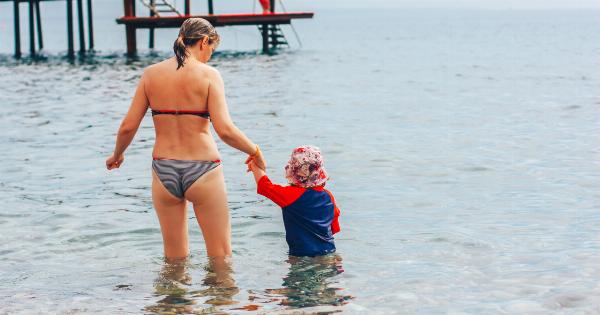The Secretary General’s National Water Safety Campaign was officially launched today, marking a significant milestone in promoting and ensuring the safety of individuals participating in water activities across the country.
With an alarming increase in water-related accidents and fatalities in recent years, this campaign aims to raise awareness about the importance of water safety and provide crucial information and resources to prevent accidents and save lives.
Importance of Water Safety
Water safety has become a pressing concern worldwide, as countless individuals engage in various water activities such as swimming, boating, surfing, and fishing.
While these activities provide immense pleasure and leisure, they also pose inherent risks, especially when proper safety measures are overlooked.
The Secretary General’s National Water Safety Campaign recognizes the crucial need for informed and responsible behavior in and around water.
By creating public awareness, providing education, and implementing effective safety strategies, this campaign aspires to minimize water-related incidents and enhance safety measures.
Promoting a Culture of Water Safety
A primary objective of the campaign is to foster a culture of water safety, making it a priority in the minds of individuals and communities.
By ingraining the habit of adhering to safety protocols, such as wearing life jackets, monitoring weather conditions, and learning basic swimming skills, the campaign hopes to make water safety a natural and instinctive part of everyone’s lives.
Education and Training Programs
The campaign recognizes that knowledge and skills play a vital role in ensuring water safety. To achieve this, various education and training programs will be rolled out nationwide.
These initiatives aim to equip individuals with essential information on understanding water currents, recognizing potential dangers, performing rescue techniques, and administering basic first aid in emergency situations.
Furthermore, the campaign intends to collaborate with local educational institutions and swimming clubs to incorporate water safety education into school curricula and extracurricular activities.
By integrating water safety lessons into the educational framework, children and young adults will develop a strong foundation in understanding and practicing safe behaviors in and around water.
Community Partnerships and Stakeholder Engagement
Building strong community partnerships and engaging relevant stakeholders are critical aspects of the campaign.
The Secretary General’s National Water Safety Campaign aims to collaborate with local governments, nonprofit organizations, recreational clubs, and private businesses to collectively address water safety challenges.
Through public-private partnerships, the campaign seeks to establish comprehensive water safety initiatives, including the installation of warning signs, the provision of adequate rescue equipment, and regular maintenance of public water facilities.
By involving various stakeholders, the campaign can maximize its reach and impact, ensuring the safety and well-being of all individuals engaging in water activities.
Public Awareness and Outreach Program
An extensive public awareness and outreach program will be central to the campaign’s success.
Utilizing traditional and digital media platforms, the campaign aims to disseminate informative content, engaging visuals, and interactive tools to captivate audiences of all ages.
Through television and radio commercials, social media campaigns, and community events, the Secretary General’s National Water Safety Campaign will directly engage with the public, emphasizing the significance of water safety and fostering a sense of personal responsibility.
Advocacy for Policy Reforms
The campaign recognizes the need for comprehensive policy reforms to address water safety issues effectively.
By advocating for stricter regulations and enforcement, the Secretary General’s National Water Safety Campaign aims to establish a legal framework that prioritizes water safety.
Policy recommendations will include mandatory life jacket usage, standardized swimming training programs for educational institutions, regular safety inspections of water facilities, and the implementation of penalties for non-compliance.
These reforms will ensure that individuals engaging in water activities are safeguarded by robust regulations.
Empowering Local Communities
To create a sustainable impact, the campaign will focus on empowering local communities to take ownership of water safety initiatives.
By facilitating grassroots training programs, community workshops, and designated local water safety ambassadors, the campaign aims to inspire and mobilize communities to actively participate in creating safe environments for water activities.
Local communities will be encouraged to establish neighborhood watch groups, organize safety drills, and actively report any safety concerns.
By instilling a sense of collective responsibility, individuals at every level will contribute to making water safety a shared objective.
Measuring Success and Continuous Improvement
The campaign will establish a robust monitoring and evaluation framework to measure the effectiveness of its initiatives.
Regular assessments of water safety incidents, public knowledge levels, and adherence to safety protocols will enable the campaign to identify strengths and weaknesses. This data-driven approach will ensure continuous improvement and enable targeted interventions in areas that require additional attention.
Conclusion
The launch of the Secretary General’s National Water Safety Campaign signifies a significant step towards enhancing water safety across the country.
By prioritizing education, public awareness, community empowerment, and policy reforms, this campaign aims to change mindsets and promote responsible behaviors in and around water. With collective efforts and sustained commitment, individuals engaging in water activities can enjoy their experiences with minimized risks, ensuring that water remains a source of joy and recreation for all.































